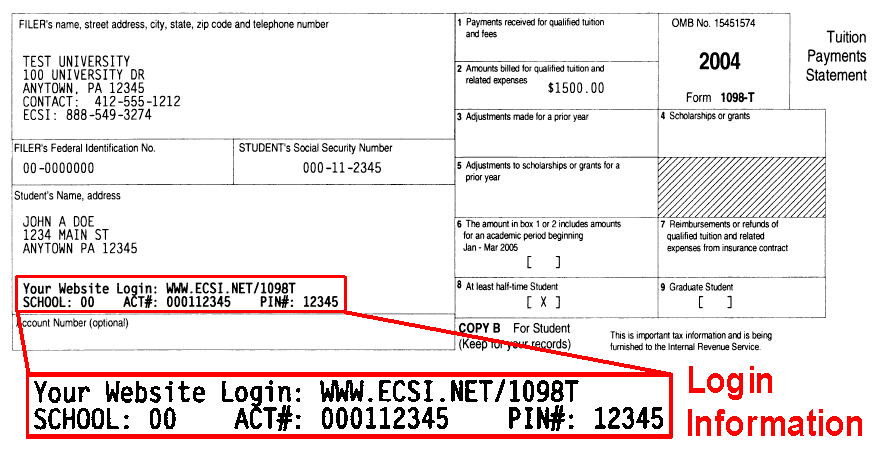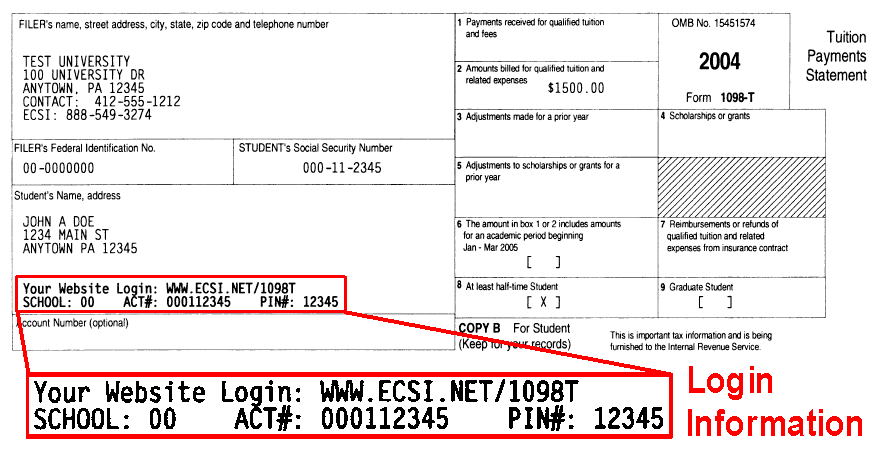Get Ahead of the Game: How to Obtain Student Loan Tax Information
If you’re a student loan borrower, you’re likely no stranger to the complexities of managing your debt. But did you know that understanding how to get student loan tax information can be just as crucial in making informed financial decisions? As the stakes are high when it comes to repaying your loans, knowing how to navigate the process can help you avoid costly mistakes and make the most of your hard-earned cash.
So, if you’re wondering what’s the best way to get student loan tax information or how to stay on top of your taxes as a borrower, keep reading. In this article, we’ll delve into the world of student loans and explore the ins and outs of obtaining your student loan tax info – from understanding what forms to expect to knowing when to file.
Whether you’re just starting out or are an experienced borrower looking for guidance, this comprehensive guide will walk you through the process step by step, providing valuable insights and expert tips along the way. So, what’s holding you back? Let’s get started!

How to Get Student Loan Tax Information
To begin with, it’s essential to understand that student loan tax information is typically reported on Form 1098-E, which is sent to borrowers by the end of January each year. This form outlines the total amount of interest paid on federal student loans during the previous tax year, as well as the total payment made towards principal and interest.
Another important piece of documentation is the Form W-2, which reports your total income from all sources, including your part-time job or full-time employment. This information will help you determine how much of your income went towards student loan payments and interest.
In addition to these forms, it’s also crucial to keep track of any 1099-C forms that may be sent to you. These forms report any cancelled debt due to forgiveness, discharge, or settlement, which can have significant tax implications.
For more information on Form 1098-E, visit the IRS website.Now that you know what forms to expect, let’s move on to how and when to file your taxes as a student loan borrower.
The good news is that most borrowers don’t need to report their student loan interest payments as income. However, it’s still important to claim the correct amount of interest paid on your federal tax return (Form 1040). This will ensure you’re taking advantage of any available deductions and credits.
For more information on student loan debt and your tax return, visit the Federal Trade Commission website.When it comes to filing your taxes as a borrower, the deadline is typically April 15th. However, if you’re due for an extension or need additional time to file, you can request an automatic six-month extension by submitting Form 4868.
As a student loan borrower, it’s essential to keep accurate records of all your payments, including principal and interest paid. This information will come in handy when filing your taxes each year and can help ensure you’re taking advantage of available deductions and credits.
Struggling with Student Loan Payments?
See if You Qualify for Lower Payments & Better Rates – Speak with an Expert Now!
💬 Start Free ChatFrequently Asked Questions
Q: What forms of student loan tax information are available?
A: The Internal Revenue Service (IRS) provides several forms and schedules related to student loans. These include Form 1098-E, Student Loan Interest Statement, and Schedule 1, Additional Income and Adjustments to Income.
Conclusion: Mastering Student Loan Tax Information
In conclusion, understanding how to obtain student loan tax information is a crucial step in managing your debt effectively. By knowing what forms to expect and when to file, you can avoid costly mistakes and make the most of your hard-earned cash.
As a student loan borrower, it’s essential to keep accurate records of all your payments, including principal and interest paid. This information will come in handy when filing your taxes each year and can help ensure you’re taking advantage of available deductions and credits.
Remember, staying on top of your taxes as a borrower is crucial for making informed financial decisions. By following the steps outlined in this article, you’ll be well-equipped to navigate the process with ease.
Same Day Funding for Same Day Payday Loans: Need cash quickly? Discover how same day payday loans can provide immediate funding and access to emergency funds. Learn more about the benefits of same day funding and how it can help you manage your finances effectively.
Consolidate Smart Option Student Loan: A Comprehensive Guide: Are you struggling to make student loan payments? Find out how consolidating your Smart Option student loan can simplify your financial life. Get expert tips and insights on the process of consolidation, interest rates, and more.
Same Day Deposit Online Payday Loans: Fast Access to Emergency Funds: Facing an unexpected expense? Same day deposit online payday loans can provide quick and easy access to emergency funds. Learn more about the benefits of same day deposit, how to apply, and what you need to know before getting a loan.

